
Musee de la Vieille Prune (Distillerie Louis Roque) Brandy Museum, Souillac
Learn more about making liqueurs in this traditional distillery.
Discover and book the top Dordogne sights

Learn more about making liqueurs in this traditional distillery.

Now you can come and discover the famous decorated cave near Montignac in its entirety. But that’s not all; the opening of the International Centre for Cave Art marks the beginning of a new adventure combining the emotion of ancestral art and an important technological achievement.
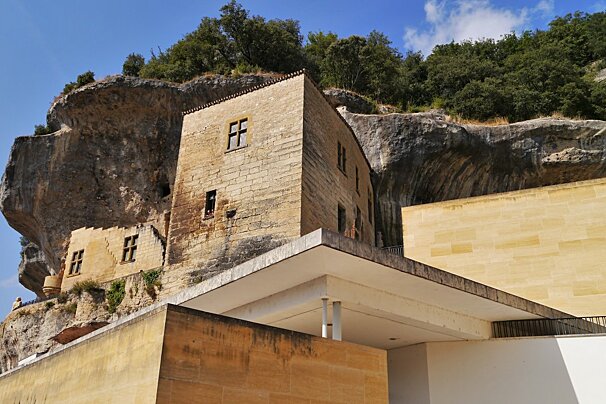
The remains of the Château de Tayac built into the side of the cliff, have been transformed into a museum in a modern style by Jean-Pierre Buffi.
In Cajarc, the George Pompidou arts centre holds a number of significant art exhibitions each year designed at promoting new trends in contemporary art. It was founded in 1989 and named after the former Prime Minister who spent time here.
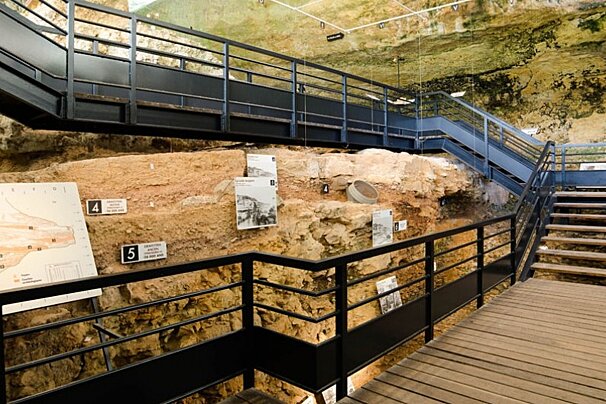
The Pataud Shelter (or Arbi Aptaud) is one of the few prehistoric sites in the area which also shows how it has been dug and the archaeological techniques used.
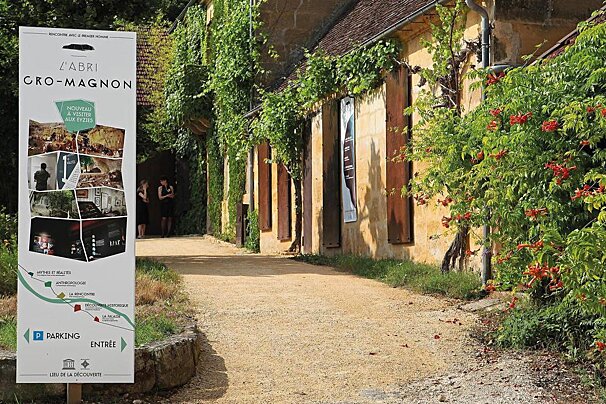
Built on the location where the first burial site was discovered by modern man in 1868, the Museum of CRO-Magnon Shelter offers the public the chance to interact with our ancestors and to (re) discover our history.
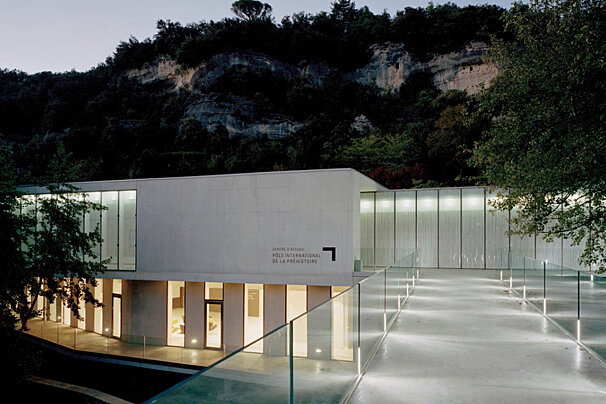
Opened in July 2010, located near the National Museum of Prehistory, it aims to enhance and make accessible to all audiences the universal heritage of the Vézère valley, rich in many important prehistoric sites.

Developed by an engineer called Frédéric Suisse the system uses the amazing power of the river to pump water from the fountain of the Chartreux, thus supplying Cahors with drinking water.
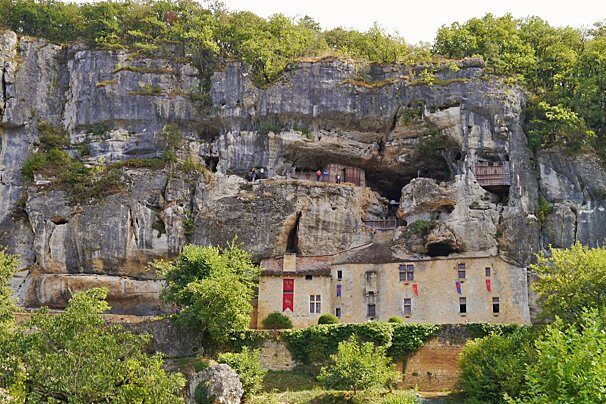
This is an impressive honey-stoned troglodyte house built within large cave shelters. Its relatively modest exterior disguises the space within, which is decorated in a grand style, with original medieval furniture and tapestries.
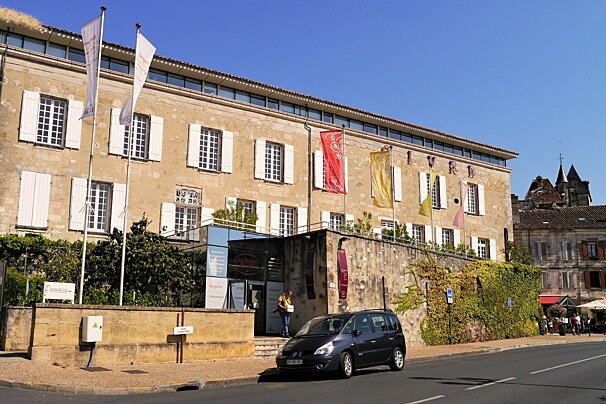
The Wine Centre (Maison des Vins) is right in the historic heart of Bergerac, in the Récollets Cloisters, a magnificent group of monastic buildings from the 17th-century.

This glass museum designed by Jean Nouvel is located on the site of a Roman mansion discovered accidentally in the late 1950s. The remains of this huge villa are impressive and include murals dating back to the 1st century.
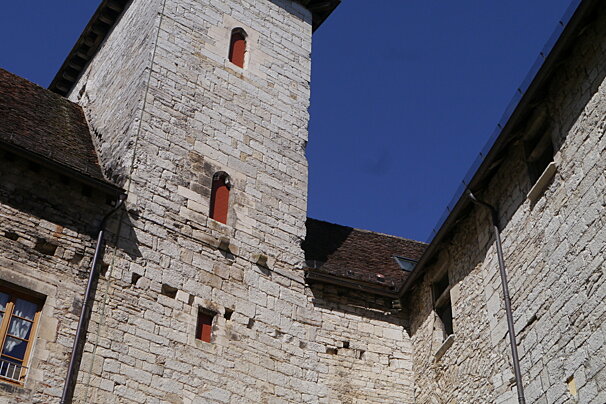
The Palais de la Raymondie stands next to the market hall in the heart of the medieval town of Martel. This museum contains objects dating from paleolothic, neolithic and Gallo-Roman occupations.

The museum of art and archaeology houses an excellent prehistoric selection of findings and skeletons from the region.

Spread over three levels this museums tells many stories of resistance efforts, concentration camps and the part the Cahors played in the liberation of France.
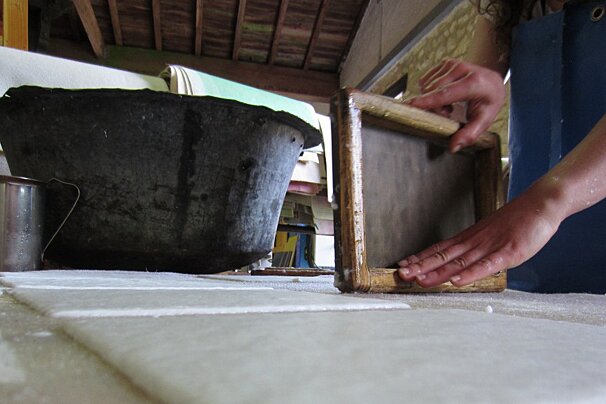
In the paper-making village of Couze-et-Saint-Front, this traditional mill still makes paper by hand.

A unique collection of animated toys, statues and displays from the 19th century, that are still featured in society today in Christmas shop windows.

With mullioned windows, dark grey stone slate roof (lauze) and the well-known honey-coloured stone of the facade, this is one of the most remarkable buildings in Sarlat.
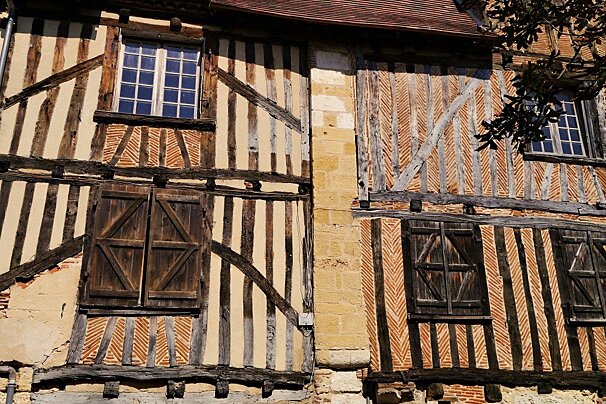
The creation of Wine and River Transport Museum (Musee du Vin & de la Batellerie ) tells us about the heritage and history of the Dordogne River that runs through the heart of Bergerac.